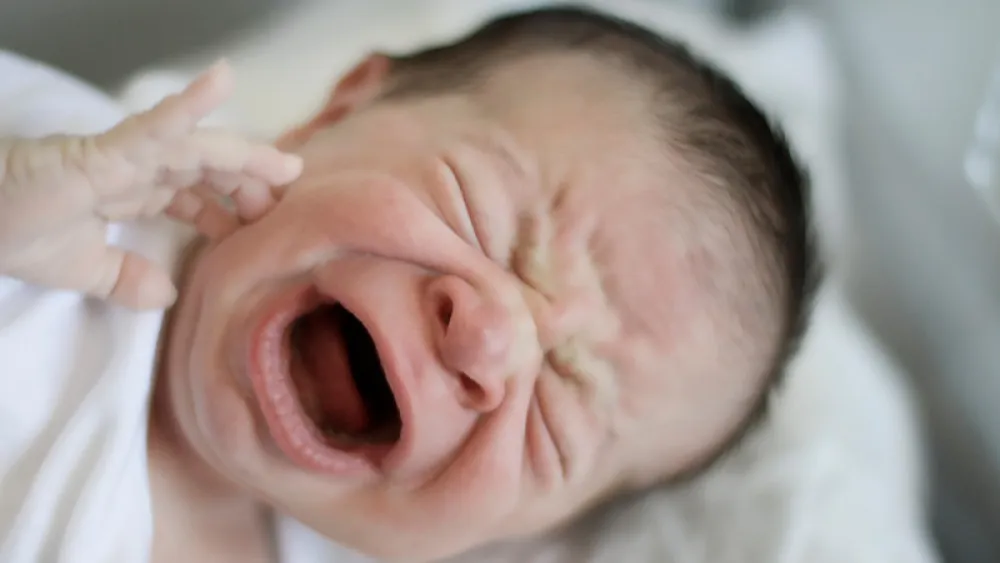




Family Health
Preventing Shaken Baby Syndrome


The point of no return
It’s 2 a.m.
The cries just keep coming and coming. The baby just will not stop.
You’ve tried everything – diaper check, bottles, a pacifier, swaddling, walking, bouncing, and even going for a drive. Nothing works.
It can be in that moment of exhaustion and frustration – or one of many just like this – that something snaps. The consequences are life-shattering.
Shaken Baby Syndrome
Shaken Baby Syndrome (SBS) is the medical term used to describe the violent shaking and the terrible injuries that stem from shaking an infant. SBS occurs when a baby’s head is snapped back and forth, causing injuries in the head.
Even just a few seconds of sudden shaking can cause bleeding inside the head as the brain is jostled in different directions. The motions can cause the brain to pull away, ripping and tearing brain cells and blood vessels irreparably.
Almost 25 percent of babies who have been shaken die from their injuries. The remaining 75 percent survive with debilitating life-long injuries which can include:
- Brain swelling
- Cerebral palsy
- Mental retardation
- Developmental delays
- Blindness
- Hearing loss
- Paralysis
Fighting to save lives
Each week, I work to change these statistics, traveling to schools and organizations across the area. I speak with students and adults, educating them about SBS. Statistics show nearly half of parents and caretakers aren’t even aware of the full effects of shaking a baby.
In fact, alarmingly, a report done in 2014 by the Medill group at Northwestern University, showed Sarpy County as having the highest cases per capita of SBS in the nation. Douglas County ranked fourth in the country.
It’s just one reason why we formed the Shaken Baby Task Force in 1997. Together, Methodist Jennie Edmundson Hospital and more than a dozen other southwest Iowa organizations are working to stop the epidemic and save babies’ lives.
Providing assistance nationwide
The Shaken Baby Task Force is a unique group offering educational materials to schools, hospitals and groups across the country. The materials are free of charge to those who request it, thanks to the help of grants and donations. Along with the materials, we also have a website, safebaby.org, filled with useful information for parents and educators.
During times of crisis, parents nationwide have also taken advantage of our 24-hour Crying Baby Helpline: 1-866-243-BABY (2229). In 2017, operators fielded an astounding 204 calls. Approximately 70 percent of those calls were from local parents seeking help.
Knowing what to do
There’s no debate that caring for an infant – particularly one that won’t stop screaming – is difficult work. But shaking a baby will not make it stop crying. In fact, the consequences can be disastrous. What steps can you take to prevent SBS?
Perhaps take some suggestions from the students I teach each week:
- Go for a stroller walk with the baby
- Take the baby for a drive
- Give the baby a pacifier
- Check the baby’s diaper
- Give the baby a warm bath
- Hold the baby against your chest and rock gently
- Run a vacuum cleaner where the baby can hear the hum
- Put the baby in an infant swing or rocker
- Offer the baby a bottle
- Burp the baby
Most importantly, stay calm. If you feel yourself becoming angry or frustrated, put the baby safely in a crib and walk away, checking on it every few minutes. Eventually, the baby will cry itself to sleep. Call for help if you need it – whether you need a friend or family member to let you take a break or just want advice from the Crying Baby Helpline.
Remember, an infant’s life is in your hands.

